Jiahe New Village (嘉禾新村) is one of more than 800 military dependents’ villages (Chinese: juàncūn 眷村) built in Taiwan in the late 1940s and 1950s to provide provisional housing for KMT soldiers and their families fleeing from the Chinese Civil War. Approximately two million people crossed the Taiwan Strait from China from 1945 to 1949, bolstering an existing population of approximately seven million. More than 600,000 of these Chinese immigrants ended up in military villages like this one in Zhongzheng, Taipei, which was forcibly abandoned only a couple of years ago as part of a wave of urban renewal projects sweeping the nation.
Prior to the end of World War II the vast majority of modern Taiwan had been under Japanese rule for half a century—and despite their often shared ancestry a stark division soon emerged between the běnshěngrén (本省人 , literally “people from this province”, the Taiwanese) and the wàishěngrén (外省人, “extra-provincial people”, the Mainlanders), many of whom lived in gated enclaves like Jiahe New Village developed to accommodate the huge influx of newcomers. Segregated from Taiwanese society for decades, military communities became cultural incubators for language and cuisine influenced by immigrants from all over China.
Military dependents’ villages were not built for long-term occupancy on the scale of decades; the KMT planned to rapidly regroup and retake what they called Mainland China (中國大陸)1 from the so-called “communist bandits” (共匪), an objective that never came close to realization. Some military villages like Jiahe New Village accreted around existing Japanese infrastructure (an artillery compound in this case) while others sprung up along the margins of urban areas. Temporary structures made out of bamboo, straw, and mud were the norm at first, but these first generation homes were soon dismantled and rebuilt with wood and brick where available—and again in the late 1950s with concrete as the reality settled in that the soldiers might not be rushing back into battle anytime soon. Retaking the Mainland was such a pivotal part of the ruling KMT ideology that it was next to impossible to plan for any other eventuality.
Taiwan rapidly developed during the economic miracle of the 1960s and 70s but the quality of life in the shoddily-built and poorly-planned military villages did not keep up. By the mid-1980s, in the twilight of the authoritarian era, there were 888 registered military dependents’ villages containing approximately 100,000 households2 scattered all around the country. After democratization in the mid-1990s the government formulated ambitious plans to dismantle the military village system and integrate residents into Taiwanese civil society. This plan was aggressively implemented in the late 1990s and by 2008 only 148 military villages and a few thousand households remained.
Residents of doomed military communities are typically given a choice after being served with an eviction notice: move into nearby government-subsidized housing or accept an offer financial compensation to move elsewhere. Despite poor living conditions not everyone is willing to leave. Some demand more money, knowing the land they occupy has become highly lucrative real estate3. Many more simply don’t want to be uprooted at such an advanced age. Elderly residents of these villages have typically spent the vast majority of their lives there—and even a dilapidated home is still home. Individual opposition is seldom successful; from what I know only the famous Rainbow Grandpa of Taichung has won his bid to keep the bulldozers at bay.
Hundreds of military villages were emptied out and demolished around the turn of the millennium before elements of civic society realized that a vital part of post-war Taiwanese history was vanishing almost overnight. By the mid-2000s some element of cultural preservation had entered into government plans and activist groups formed to raise awareness of specific military dependents’ villages deemed to have unusual historic value, Jiahe New Village among them. An organization by the name of Hǎojìndào Studio (好勁稻工作室) has been petitioning the city government to preserve more of Jiahe New Village, which they argue has the unique potential to act as a kind of “living museum” of military villages. Indeed, Jiahe is home to a variety of structures reflecting the evolution of military village building practices from transient to more orderly and centrally-planned to the more slapdash, ramshackle approach that emerged as residents took maintenance, renovation, and expansion into their own hands.
This particular village was depopulated sometime in the last couple of years4 but no final decisions have been made about what to do with the structures that remain. Back in 2004 the city government planned to convert the entire area into a disaster prevention park (防災公園) much like nearby Da’an Forest Park (大安森林公園), an effort complicated by the patchwork of public and private land ownership in the village. There is also the important question of what, if anything, should be preserved of the community after its conversation into parkland. Thus far the city government has only identified a handful of unconnected buildings for preservation. Activists have responded that sparing only a few buildings will not maintain the feeling of the community in any meaningful sense. While the issue continues to be debated the village itself remains at the mercy of the elements.
One building sure to be saved is an old Japanese-style dormitory in the heart of Jiahe New Village. Whether it actually dates back to the Japanese colonial era or if it was merely constructed in a Japanese style common in the immediate aftermath of the war is unclear to me—but the building is certainly distinct from the others in the community. A few other properties have already been designated as historic—an air raid shelter among them. However the rest of this drama plays out it is almost certain that these buildings will be part of a new riverside park at some point in the next few years.
Now to provide some geographic context: Jiahe New Village, which Google translates as “Golden Harvest”, is located in the southern tip of Zhongzheng just inside the wall that runs along the floodplains of the Xindian River. Immediately outside the gates one will find Fùshuǐ Village (富水里), an illegal settlement also slated for destruction and renewal at some point in the near future. Head upriver a short distance and you will arrive at the picturesque Treasure Hill (寶藏巖), a former illegal settlement converted into an artist’s village after a successful protest campaign in the early 2000s. Cross Roosevelt Road and you will find yourself at Toad Mountain (蟾蜍山), officially Huànmín Village (煥民新村), a military village depopulated in 2013 and later spared from destruction. Continue northeast toward Taipei 101 and you’ll arrive at South Village #44 (四四南村), the first official military community in Taiwan and also the first to be turned into a cultural park. Although now embedded within the matrix of the nation’s largest city this ribbon of military villages were once on the margins, a testament to Taipei’s explosive growth over the many decades since the arrival of the KMT.
Having dispensed with the backstory I now turn to my personal experience of exploring the ruins of Jiahe New Village. I had not heard of this village before stumbling upon it entirely by accident one afternoon in the summer of 2015. I was on my way to the riverside park when I felt the impulse to venture down an unfamiliar laneway. Following my intuition I soon found myself at the village gates—and before I knew it I was on the other side, wandering the cramped and overgrown streets of an entire community abandoned to the whims of nature.
I knew from previous experience exactly what I was looking at: a military village in that liminal state between eviction and destruction. Jiahe New Village was not abandoned so long ago but it already looked wild and overgrown. A pair of strong typhoons had battered the city that summer and several trees in the old village had been knocked down and left where they fell. I found the famous old Japanese-style dormitory and poked my nose into many other buildings. It seemed like the sort of place that would reward further expeditions—and so I returned several times, taking care to document more of what I saw. On my last visit, as dusk approached the streets lights came on, illuminating the stark emptiness of the community with an eerie glow.
There are times where I feel fortunate to have discovered a place when I did. Here I speak more to the future, for I certainly would have enjoyed walking around Jiahe New Village before it was abandoned. Taipei is in desperate need of parkland but something essential is certain to be lost in the conversion. South Village #44, for example, is a pleasant place to take a stroll, shop, and eat, but it is difficult to imagine what life was like for residents of the community. There is none of the gritty realness that I experienced while wandering around the ruins of Jiahe New Village over the course of the last year. I feel fortunate to have seen something of this place before it is irrevocably transformed. And now in words and photographs I share something of my experiences with you.
It won’t be long before the very last military dependents’ villages in Taiwan have all been demolished or converted into parks and museums. Ultimately no more than 20 villages will be preserved in some form or another. Now is the time to venture forth and explore what remains. In only a few short years it might be too late.
If you’re curious to find out more about Jiahe New Village the best resource (in Chinese, of course) is Hǎojìndào Studio (好勁稻工作室). For more general information about military dependents’ villages in English try these articles here and here. Finally, check out this drone footage for a broad overview of the entire village.
Update: many structures surrounding the village (and probably some on the inside) have been demolished as of early 2018.
- In KMT ideology the counterpart to Mainland China (中國大陸) is the Free Area of the Republic of China (中華民國自由地區), nowadays referred to simply as Taiwan, although the two are not strictly coterminous. The island of Taiwan is about 99% of the territory of the modern state of Zhōnghuá Mínguó (中華民國), the Republic of China, but it also includes outlying islands not historically a part of Taiwan such as Kinmen and Matsu. ↩
- Apart from the legally registered military villages there were many more illegal settlements occupied by veterans and their families. Actually, the village immediately outside the gates to Jiahe New Village is one such settlement. ↩
- Land speculation by corrupt officials is a major social issue in Taiwan and many activist groups have formed in response to some of the more egregious instances of injustice. I previously wrote about a famous case in the village of Dapu and plan to some day write about the now-vanished Huaguang Community. Several of these activist groups played a major role in the Sunflower Student Movement in early 2014. ↩
- I would hazard a guess that evictions took place from 2011 to 2013 with only a few residents holding out until 2014. ↩
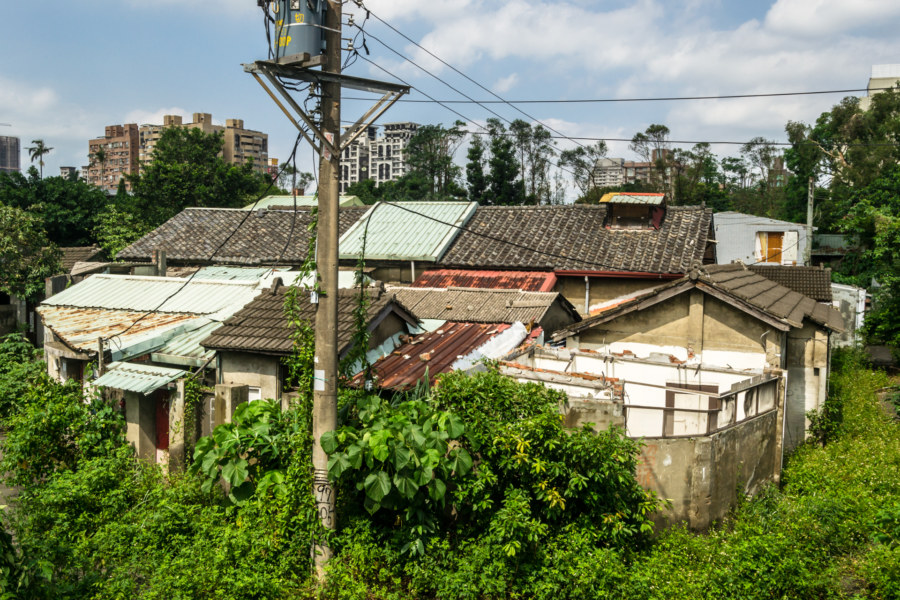
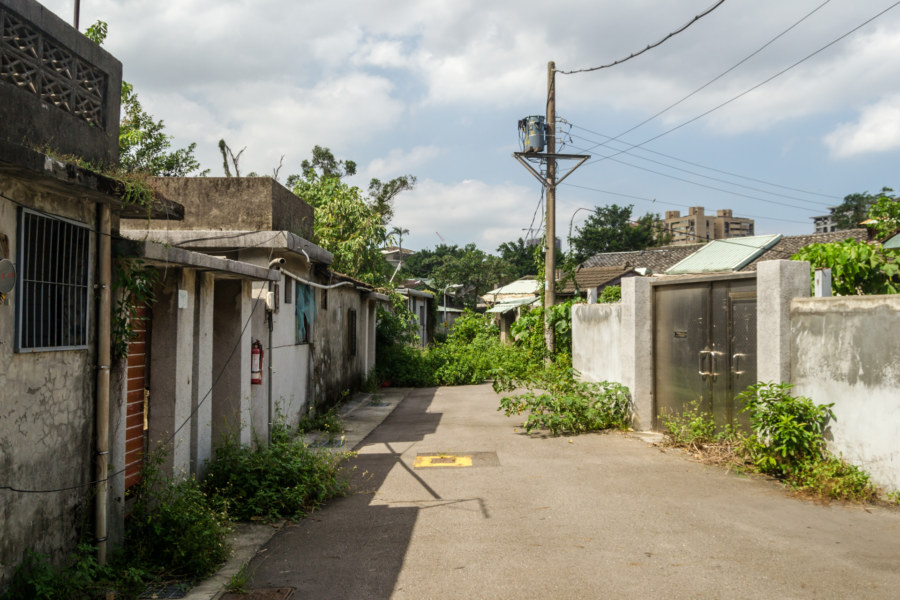
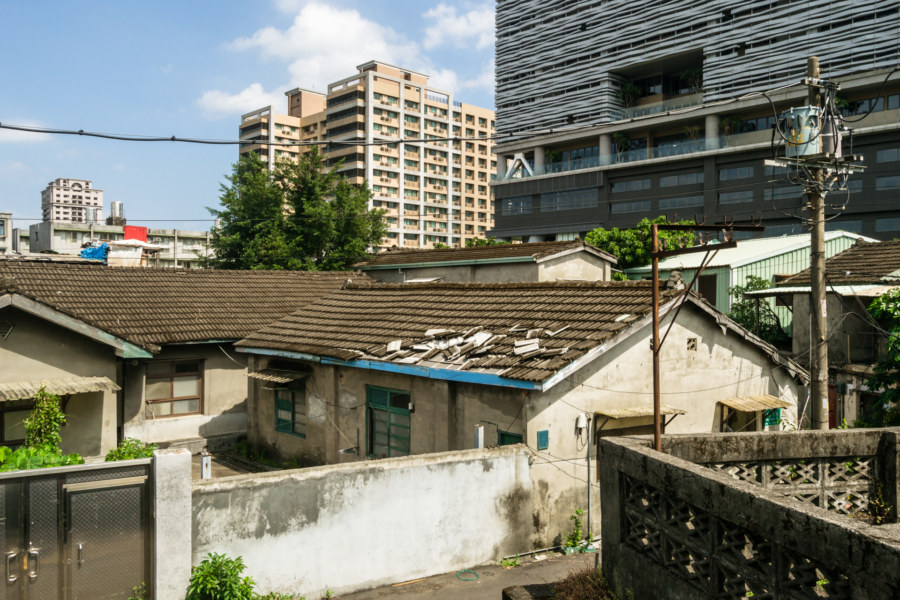
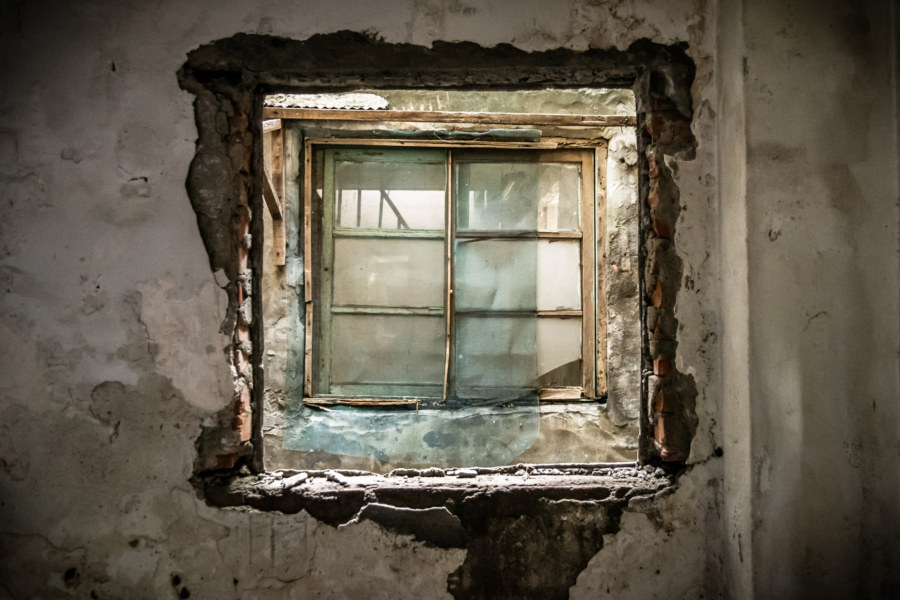
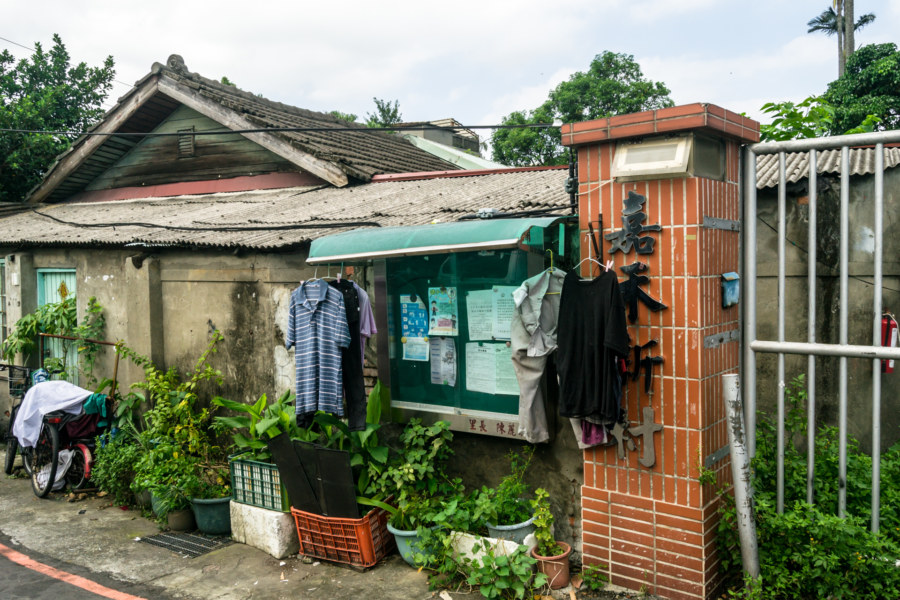
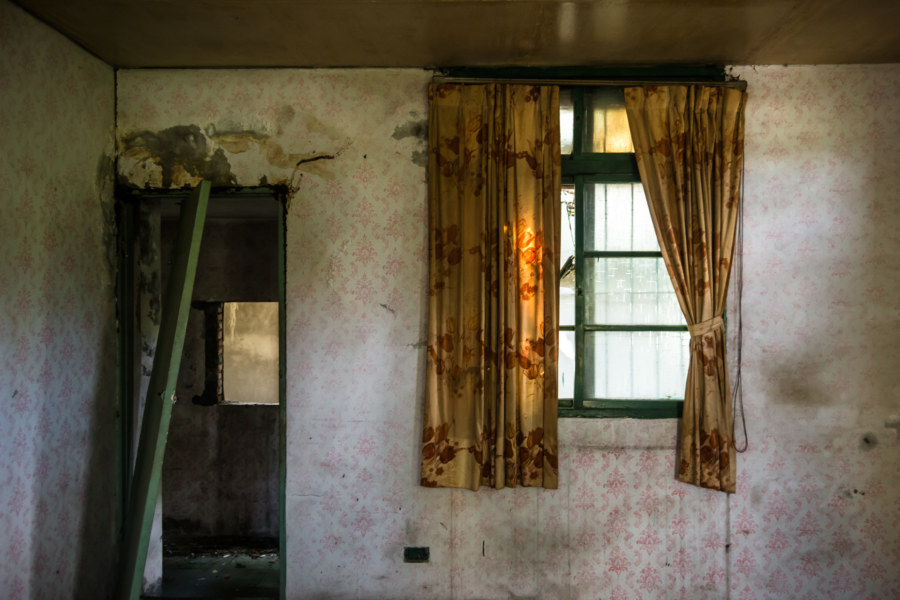
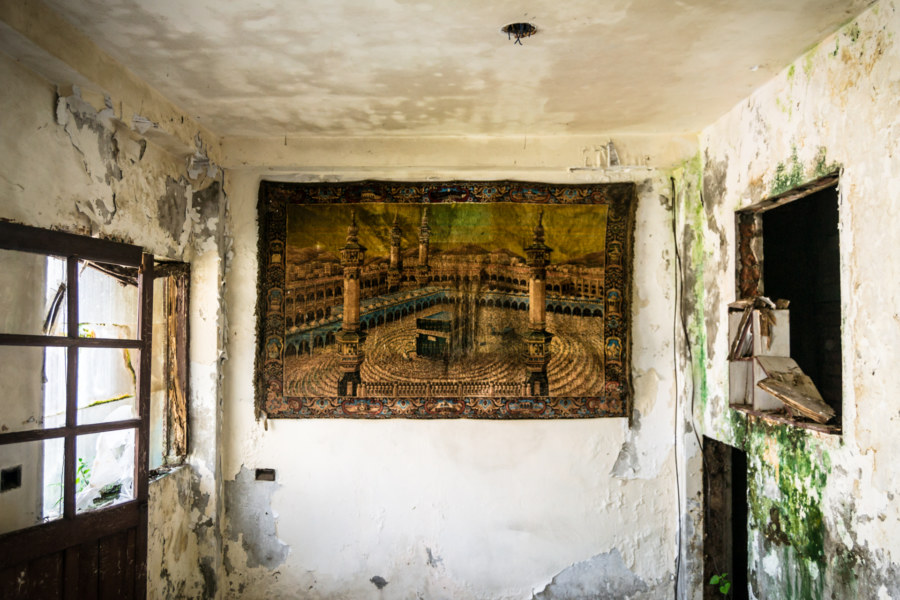
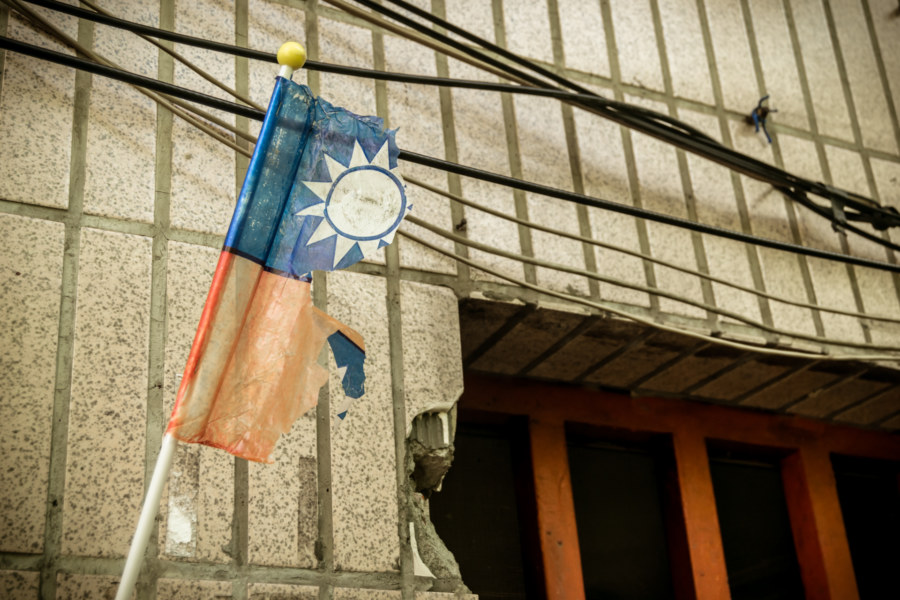
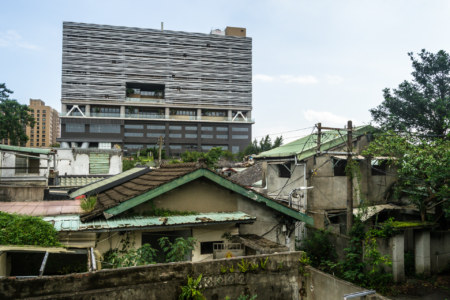
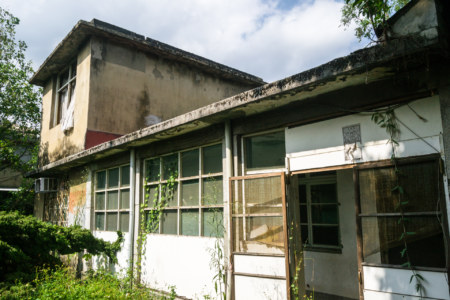
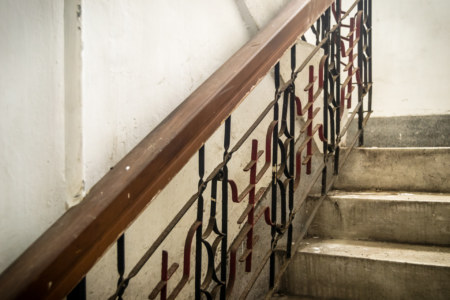
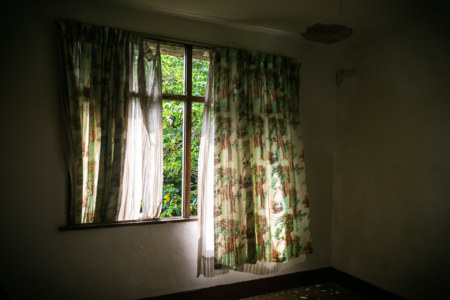
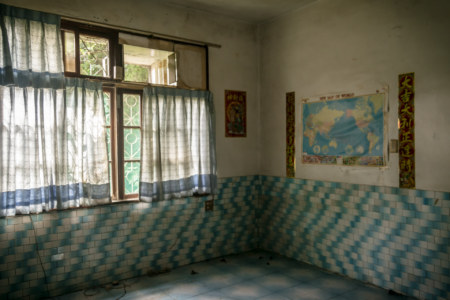
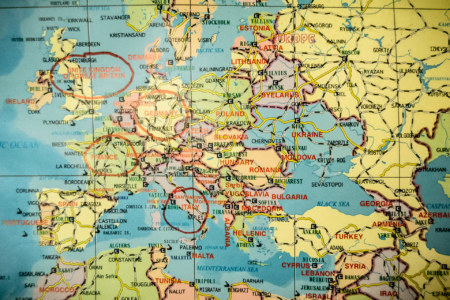
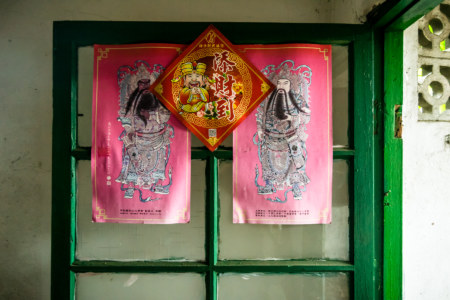
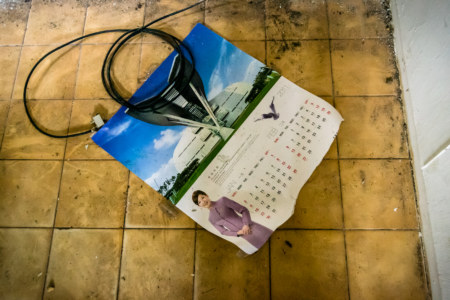
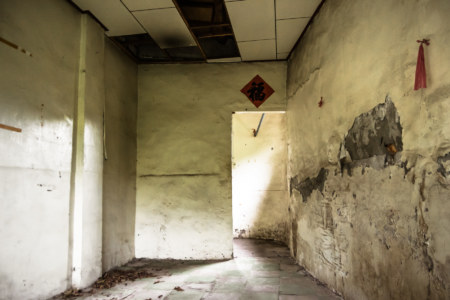
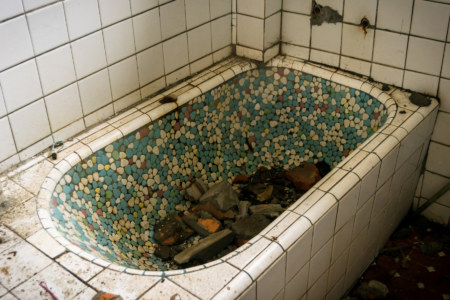
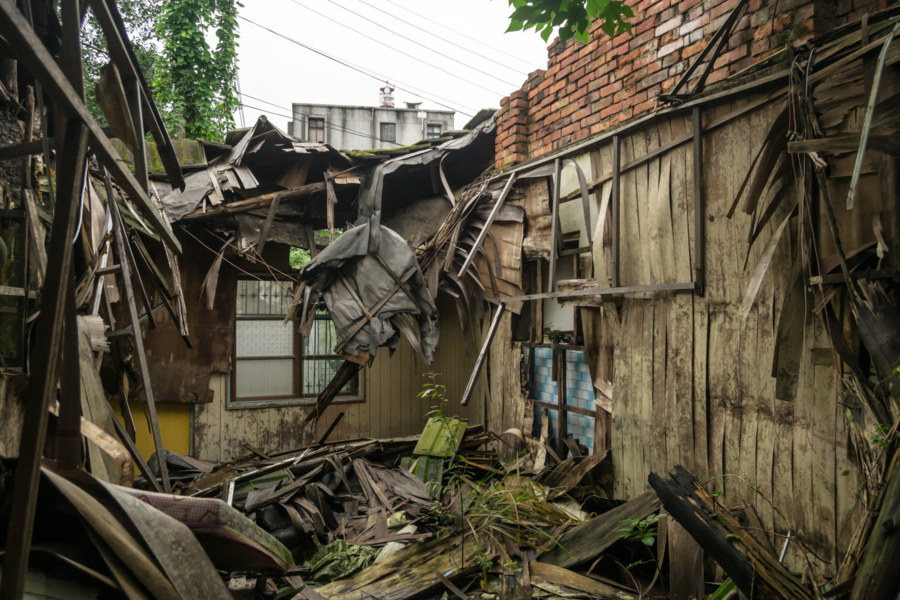
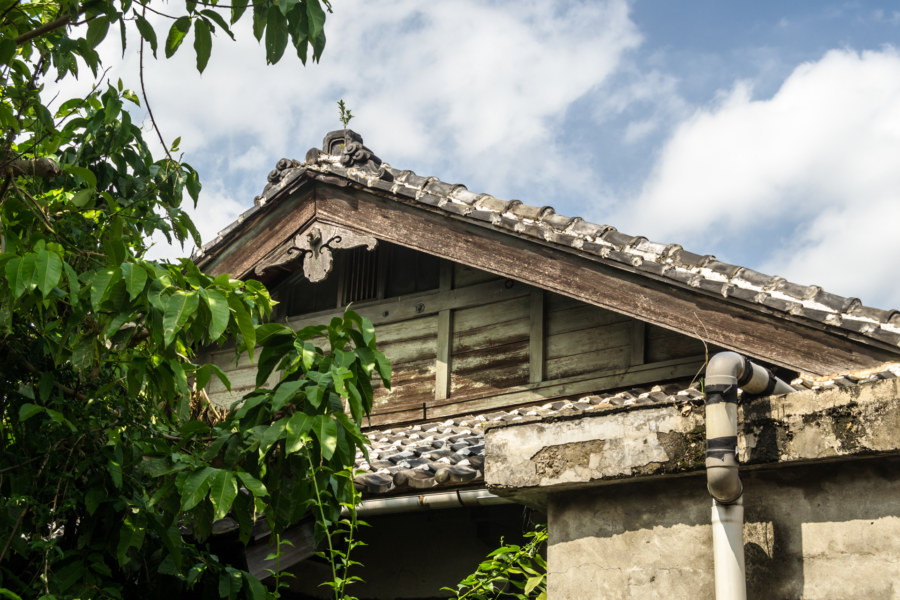
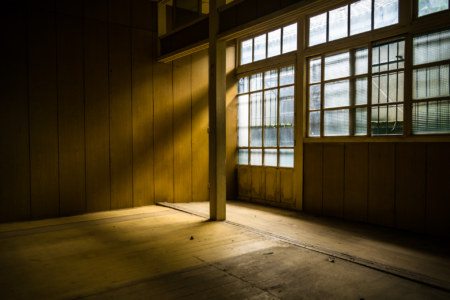
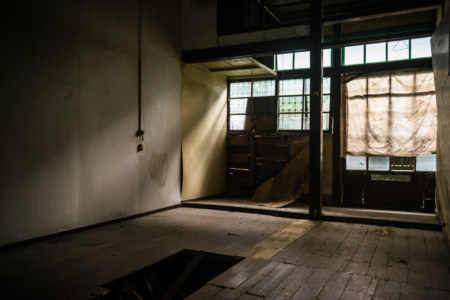
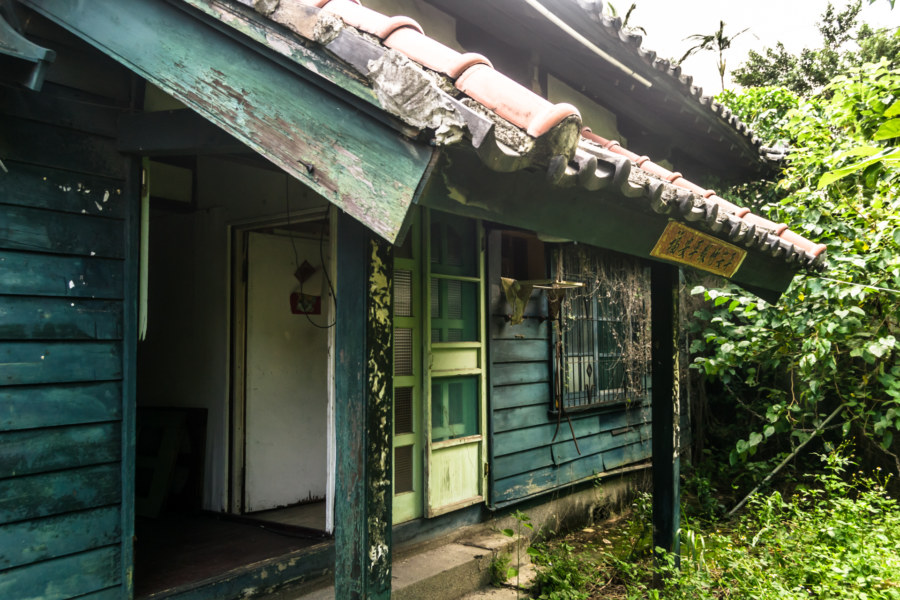
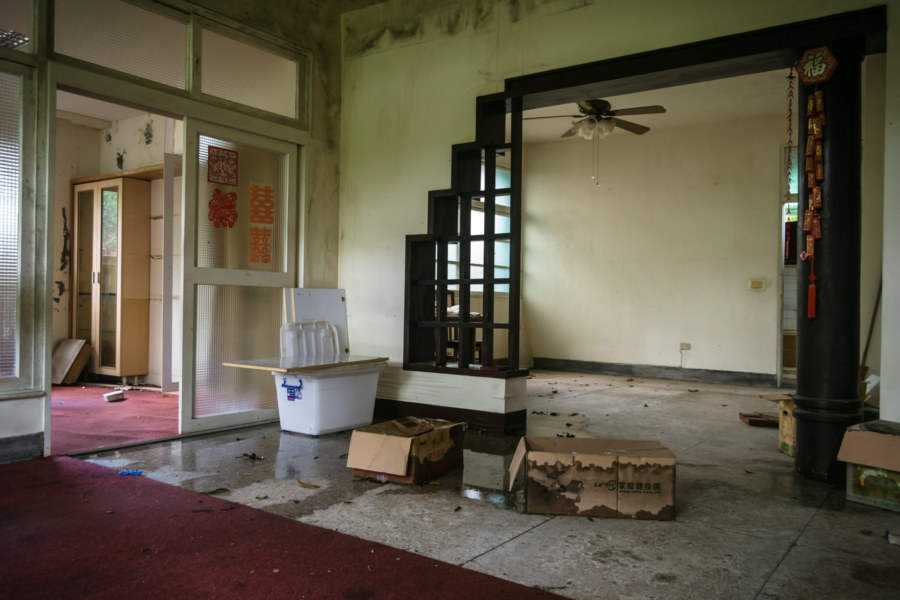
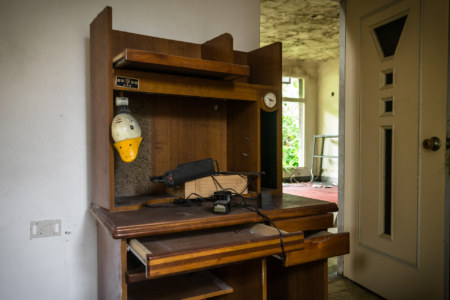
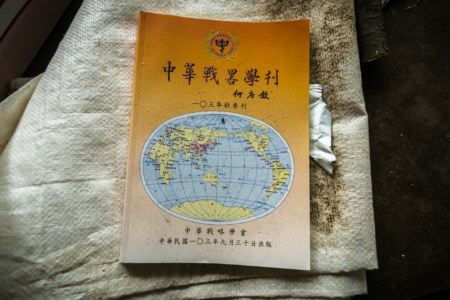
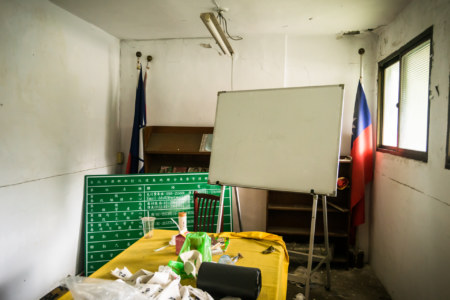
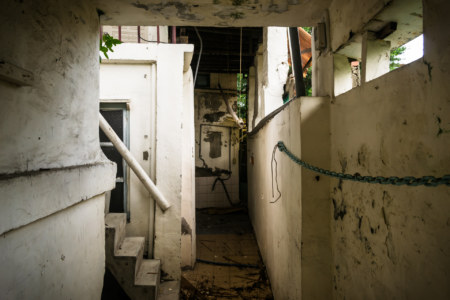
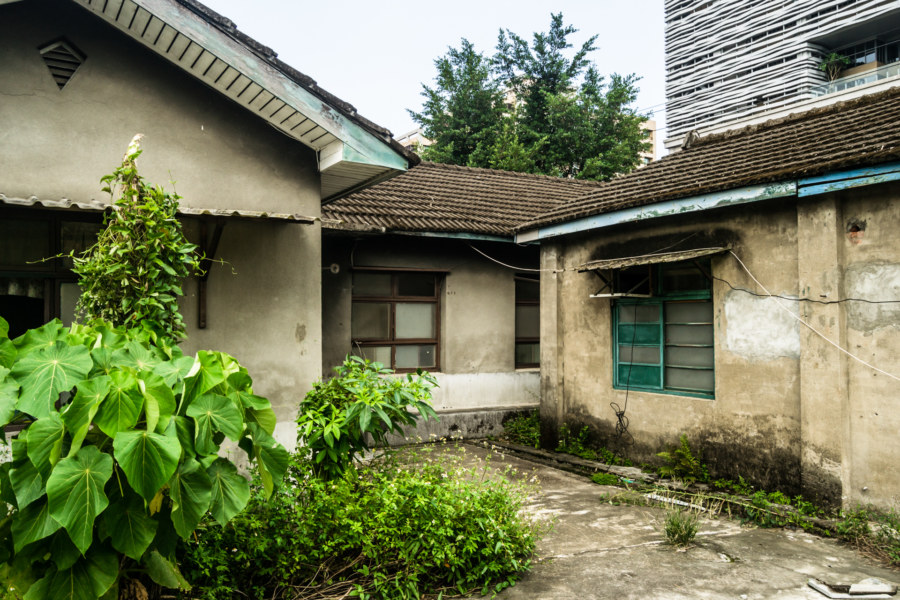
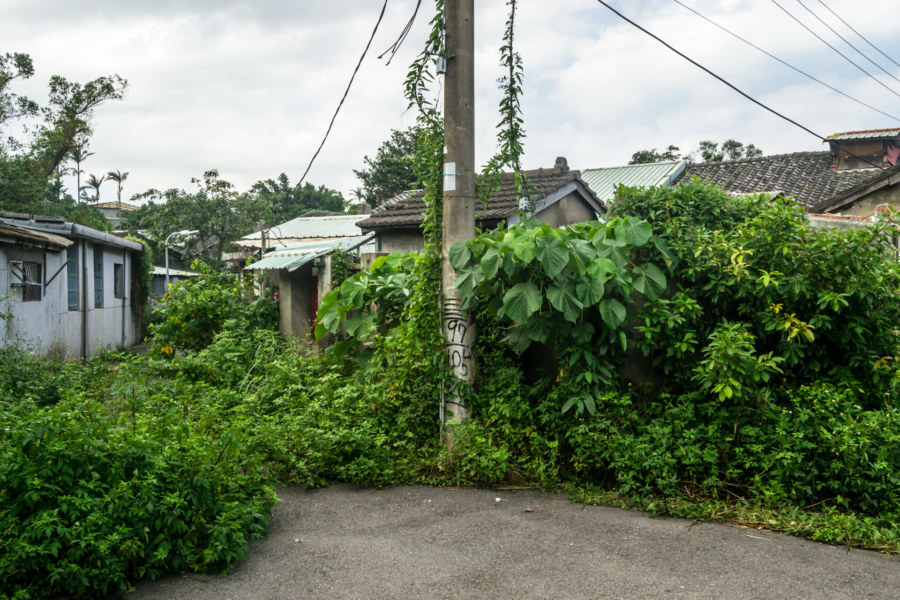
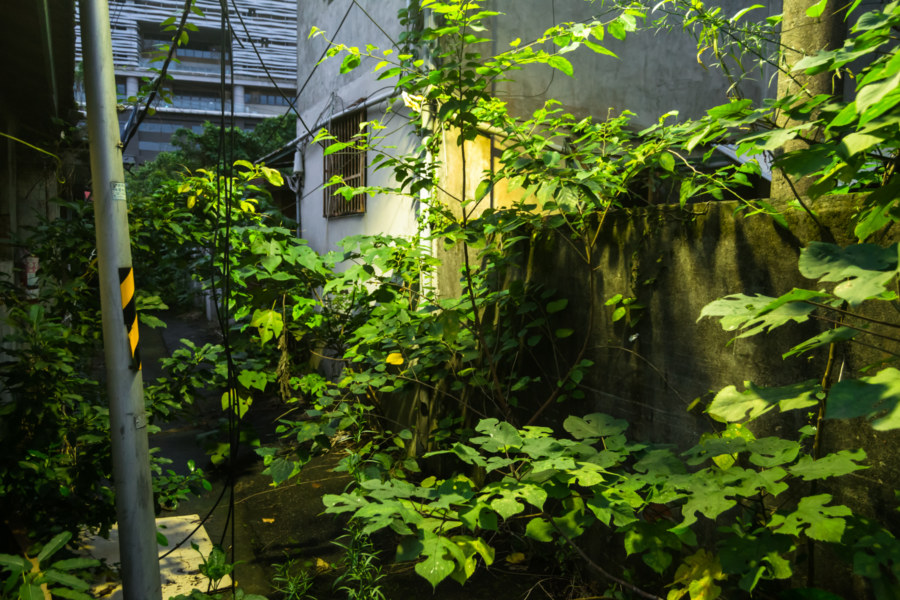
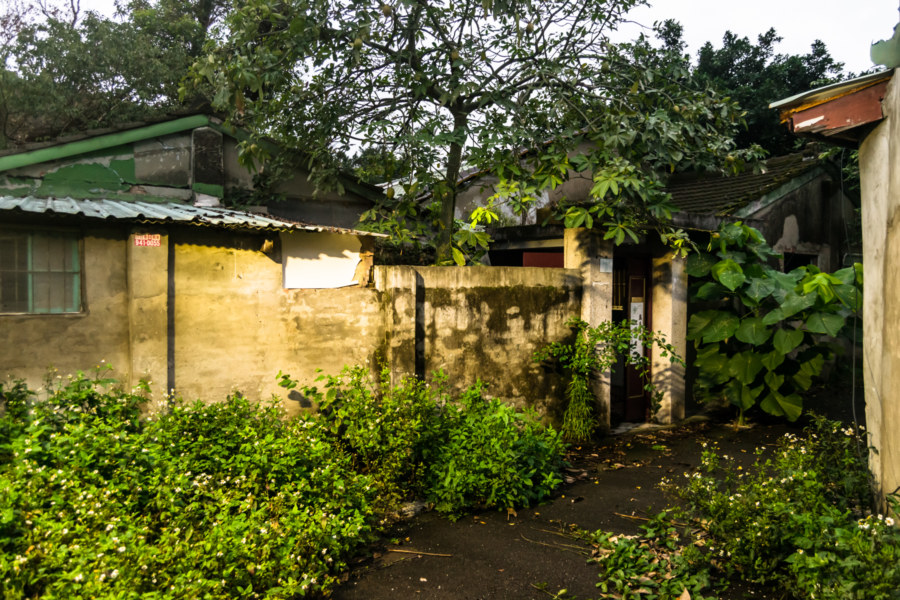
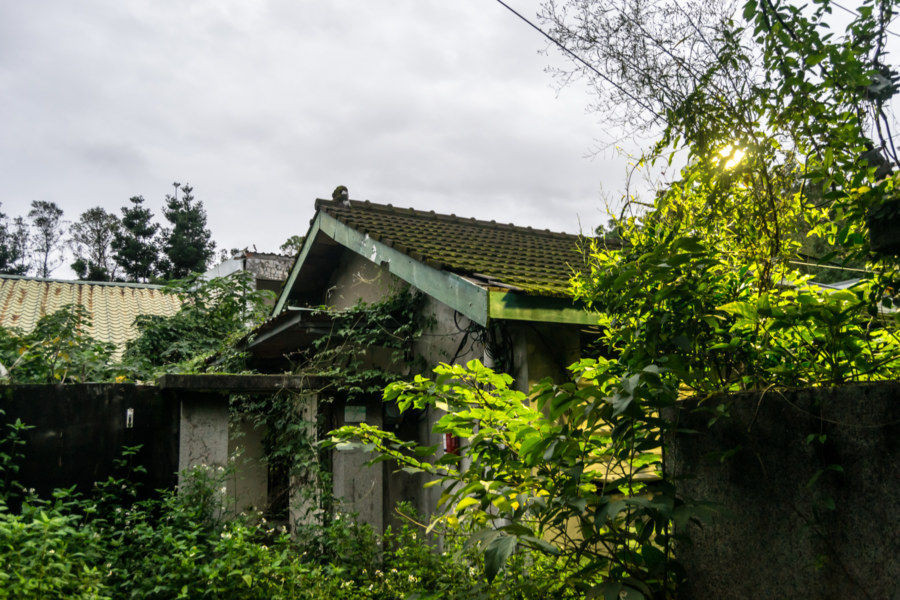
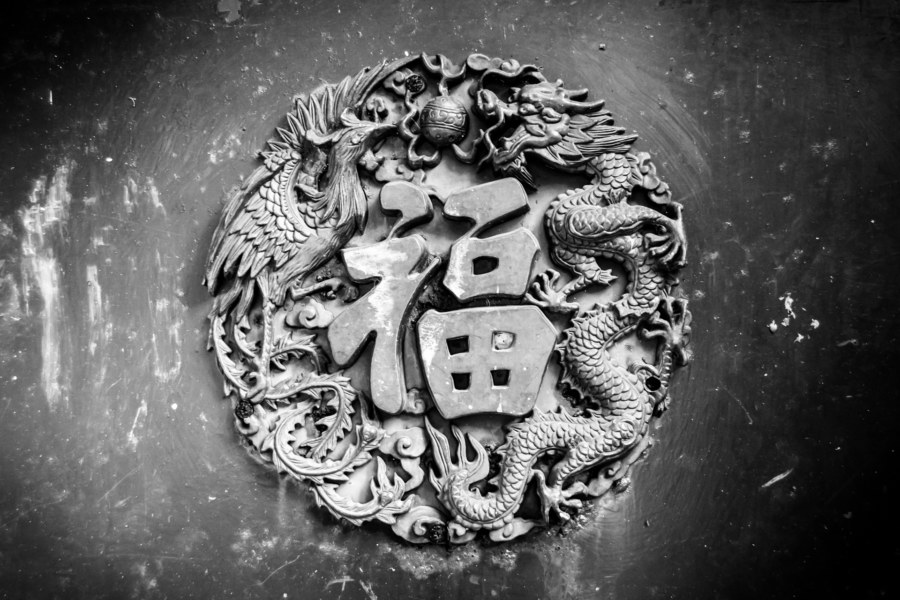
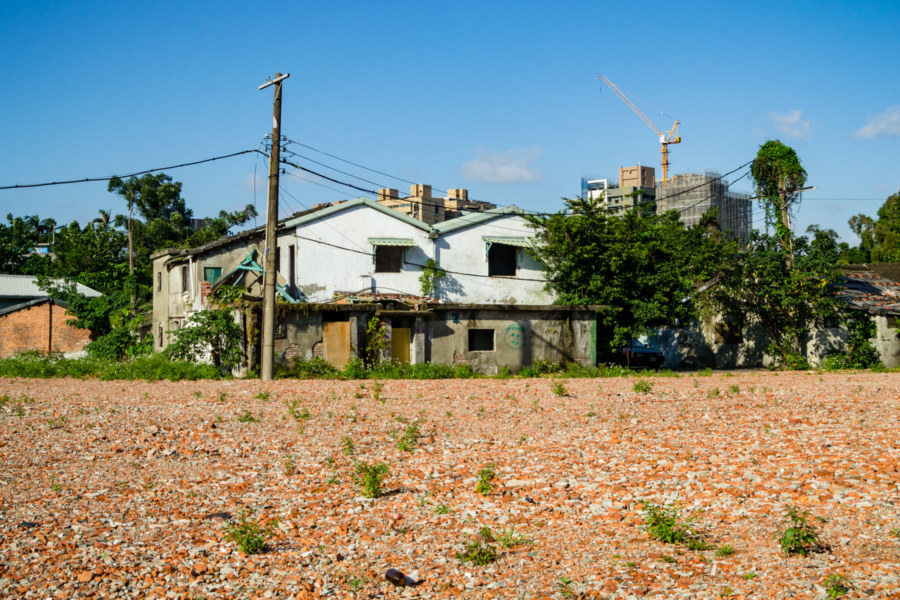
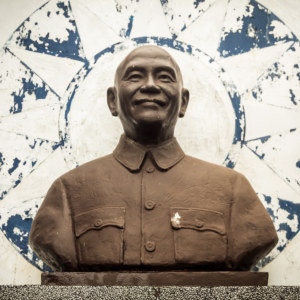
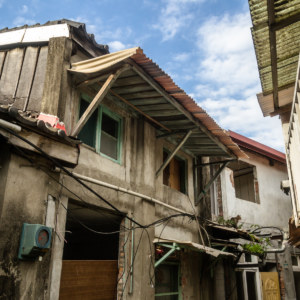
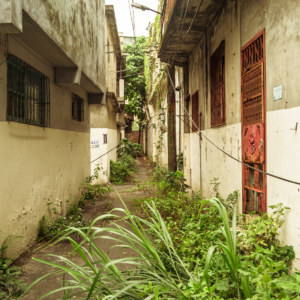
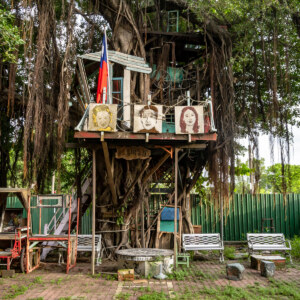
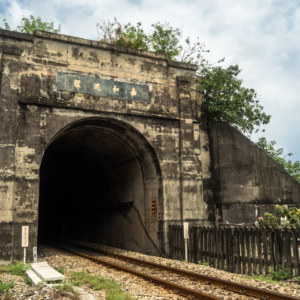
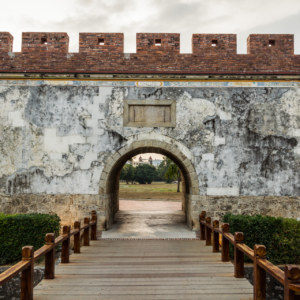
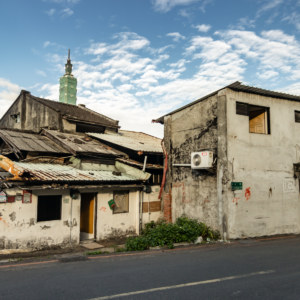
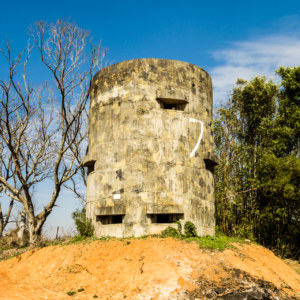
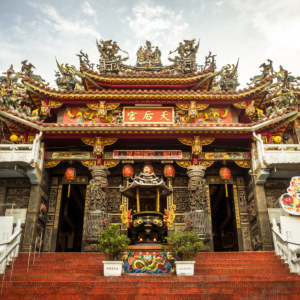
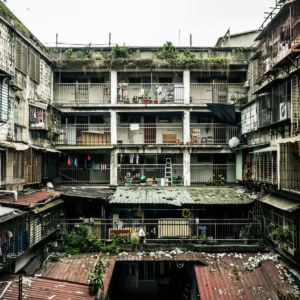
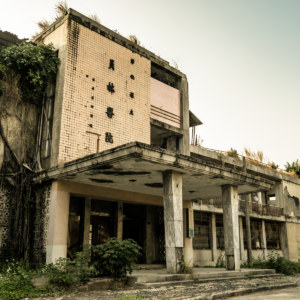
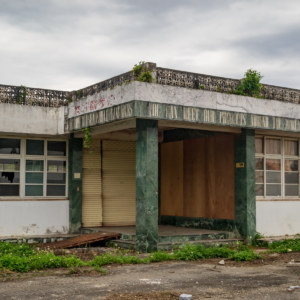
Thank you so much for this article. I’ve become very interested in old places like that and have been researching their history to pass it on to my kids. Thank you again.